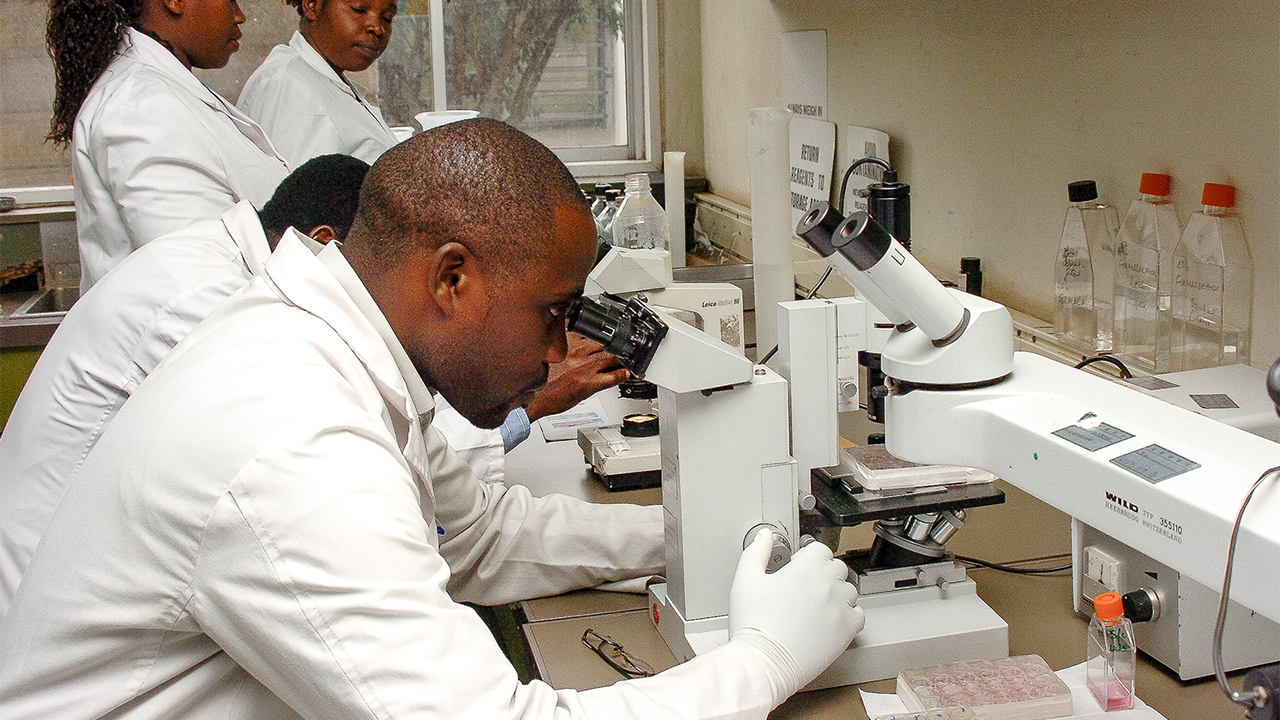Canada (Commonwealth Union) – For people in line for imaging tests to diagnose neuroendocrine cancer, time is essential. Presently researchers at the University of Alberta (U of A), have put together a new medical imaging agent for positron emission tomography (PET) scans that may lower waiting times, and be more economical to produce and potentially indicate more of some types of cancer tumors.
Ralf Schirrmacher, an oncology imaging professor, and his team at the Medical Isotope and Cyclotron Facility on the U of A’s South Campus were applying a state-of-the-art cyclotron — a machine that currently gives the province medical isotopes utilized in diagnostic scans, to produce a new imaging compound showing cancer tumors when patients undergo a PET or PET-MRI scan.
The application of highly minor amounts of radioactive material as diagnostic “tracers” for cancer imaging is not new. However, researchers continue their work on new chemistries to ensure these radiotracers have increased safety, reliability and effectiveness. The new radiotracer, marked with fluorine-18, is effective in locating neuroendocrine tumors, which are cancerous tumors that may appear in any part of the body but are frequently detected in the intestines, lungs, pancreas and stomach.
Schirrmacher stated that fluorine-18 is an enhancement compared with other presently utilized radioisotopes such as gallium-68. Radioactive gallium needs a special generator. Another issue is that there are regular supply limitations and use of the gallium generator is restricted to a certain level, resulting in only 2 to 3 patients per day able to get a medical scan.
“The radioactive peptides are labelled capitalizing on the very strong bond between silicon and fluorine. The chemistry works at room temperature, and purification only requires one simple extraction and the imaging agent is ready for injection – this is why it is so stable and reliable,” said Schirrmacher, further stating that he will not license the chemical procedure making it available for everyone.
















